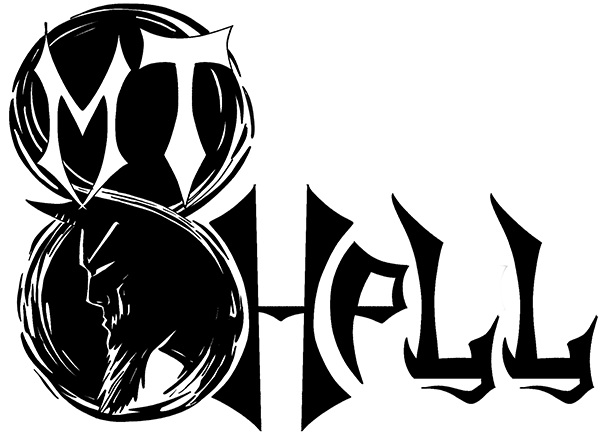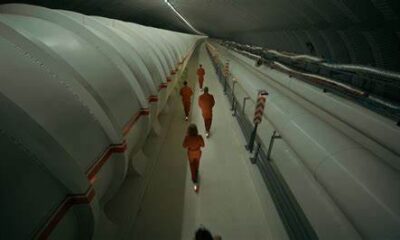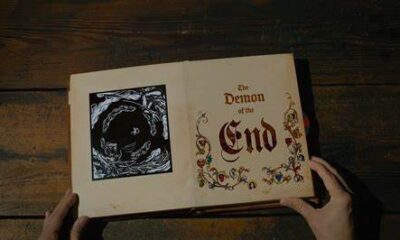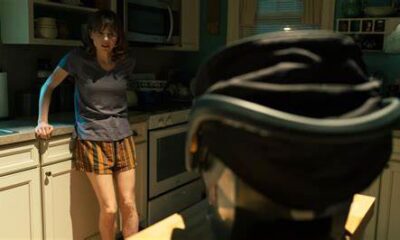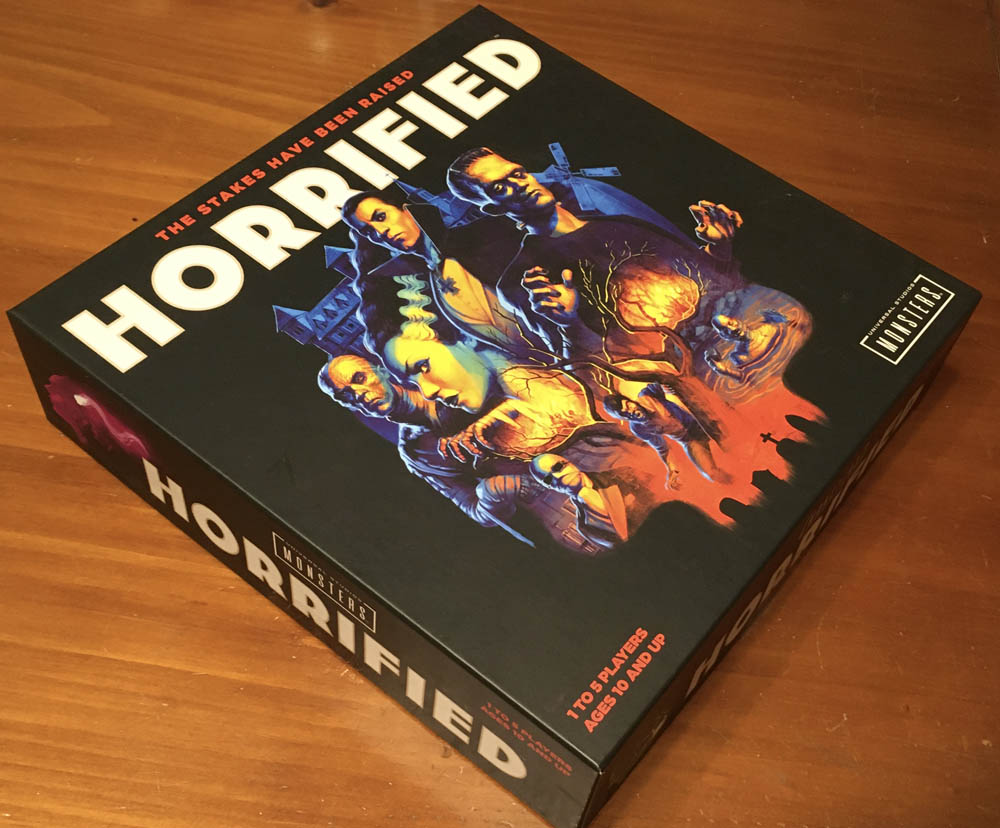
Horrified: Universal Studios Monsters are on the loose…
Get ready to be horrified…
Gather your ghouls for an old school tabletop board game night and take on the Universal Studios Monsters in Horrified. Race against the jump scare to beat the Creature from the Black Lagoon, Dracula, Frankenstein & his Bride, the Invisible Man, the Mummy, and the Wolf Man. See how the Monsters fare as they get it on with each other in new and unique groupings, only to be thwarted by the typically typecast Monster-hunters played by you and your posse.

The stakes have been raised.
So how does the game stack up? Like the bodies in a hack n slash. The art is exquisite, the pieces are well made, and the playstyle is fun and catchy. Gameplay is simple to learn and doesn’t overstay its runtime of about an hour. Easy Mode is actually just that, easy. Paired off monsters lazily chase through the village, stopping to smell the wildflowers at the docks as they creep up on our intrepid Monster-hunters (PCs) and clueless villagers (oblivious NPCs). You can almost hear the twitterpated melodies of birds wafting through the spring air as you hurriedly gather items from all over the map to defeat the abominations and banish them to their costume trailers.
A city screams in terror!
Once you get the hang of Easy Mode and have a sixth sense for how each of the uniquely-narrated Monsters will behave, it’s time to play for real. But don’t get too comfortable. Just one more Monster kicks it up to a whole new level. Two more Monsters and you’re in DEEP. And, before you know it, the Invisible Man has stolen the last of the things you needed to send him to jail for good and Frankenstein & his Bride have scared the living daylights out of each other, again. Become even more horrified as more and more hapless villagers spill into the streets, sprinting straight into the heart of the peril… out of the frying pan, and into the fire.

We warned you!
This game is not recommended for the feint of fully-endorsed fanfic, or for anyone under 10 years of age, or that does not care to subject their nerves to such a strain as to be… well… horrified. You have to strategize, lest the Monsters will prevail. But, that’s kind of the point anyway. Because face it, even though you’re in the heroes’ shoes, it’s ALL about the Monsters.
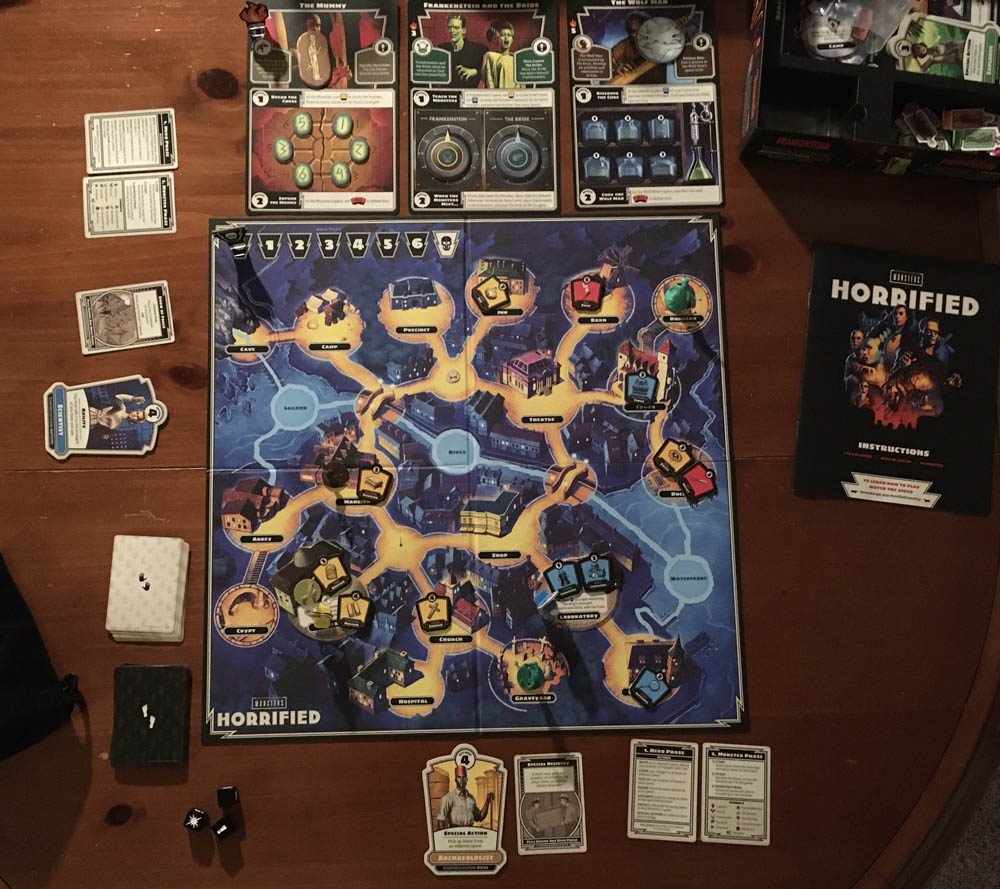
But how horrifying is it, really?
I give Horrified 4.5 out of 5 Cthulhus. I’ve really enjoyed it and think it has good replayability, just like all of those old cult classic films that keep you coming back for more. And sometimes it’s better to team up with your gang for a change, instead of always stabbing each other in the back to see who winds up on top. (Jason, Mike and Freddy, I’m totally calling you out.)
 (4.5 / 5)
(4.5 / 5)
This unique cooperative adventure game hails from Ravensburger.
Check out more game reviews on Haunted MTL here.
Gaming
Lovecraft Meets Junji Ito in WORLD OF HORROR
WORLD OF HORROR is a cosmic horror roguelite game developed by Paweł Koźmiński and published by Ysbryd Games.
WORLD OF HORROR is a cosmic horror roguelite game developed by Paweł Koźmiński and published by Ysbryd Games. The game is available on macOS, Windows, Nintendo Switch, PlayStation 4, and PlayStation 5. This review will cover the Steam (Windows) version of the game.
You must explore the strange goings on around Shiokawa, Japan. It appears that eldritch forces have influenced the town in incomprehensible ways. So, attempt to comprehend these forces and maintain your sanity to save the town. Plan your investigations, choose between cases, and fight for your life.
There are a few game modes but three difficulty spikes. The easiest is a specific case with some random events. This mode teaches you the basic mechanics of the game. The harder difficulties give you access to an apartment and choices on which case you investigate. Completing objectives earns you customization options for the customized mode.

What I Like About WORLD OF HORROR
Running on GameMaker Studios, the pixelated aesthetic shows influences from Lovecraft and Junji Ito, though the latter more so than the former. WORLD OF HORROR haunts its viewers with its aesthetic, allowing the pixels to evoke those horror legends.
Random generation remains a key feature of the game, with various options and choices giving a massive variety. Your character also has some limited customization to access perks and further development. I will bring up some weaknesses later, but it is surprisingly vast. Adding to this variety, WORLD OF HORROR provides mod accessibility.
The combat allows for a great deal of thought and planning. You select your character’s actions within an action bar and perform the tasks (or combos) to beat an opponent. This JRPG style provides variety in action that makes it engaging and unique.
The random generation and variety make each playthrough different. You might acquire a devastating katana in one playthrough only to bleed out unceremoniously in another.
While not a terrifying gaming experience, WORLD OF HORROR strives to provide an eerie and intense experience. At this, the game is a success. The weird and unnerving collide to invest the player in this strange world.

Tired Tropes and Triggers
Body horror deserves a mention, but the aesthetic and pixels doesn’t particularly evoke realism. Regardless, many designs evoke body horror.
Aside from this, here are some points of consideration. First, WORLD OF HORROR uses JRPG turn-based combat, which seems a point of division among some gamers. However, there are enough interesting mechanics and complexities beyond clicking an action and waiting your turn.
Second, WORLD OF HORROR isn’t a cult detective. You’re experiencing events and choosing how your character responds. Some sage wisdom I heard for WORLD OF HORROR is to focus on the whole campaign instead of a single case. Failing a case isn’t a game over, so prioritize your character’s longevity.
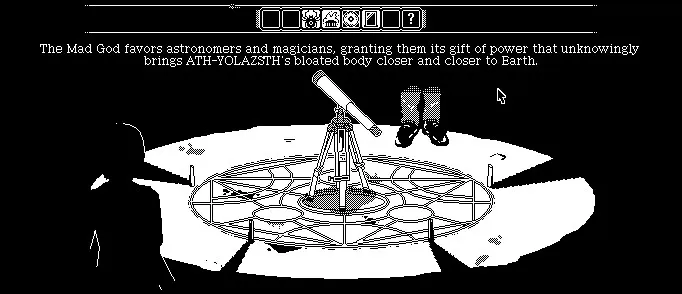
What I Dislike About WORLD OF HORROR
Only a few issues hindered my experience. Some scenarios replay on a single case, let alone a playthrough, which becomes repetitive. Some scenarios have multiple solutions to add variety or require perks to access new options, but that’s not always true. This issue makes the randomization taxing at times.
This next issue is likely a bug or an oversight. After losing my reason (sanity), I found myself still able to investigate despite the game claiming that means death. An unrelated event finished me off, but I can’t help but assume this is a bug.
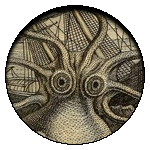
Final Thoughts
WORLD OF HORROR has its quirks but earns massive replay value and surprising depth. It’s a unique and ambitious indie title worth the price. If Junji Ito’s style or cosmic horror is your particular brand of horror, WORLD OF HORROR delivers an experience you’ll likely enjoy. Though this combination synergizes well, few games combine these elements successfully.
Gaming
🎮 Eldritch Automata: Exclusive GenCon 2024 Reveal with Nick Francia!
Step into the mind-bending world of Eldritch Automata as we sit down with Game Designer Nick Francia at GenCon 2024!
Uncover the secrets behind this Lovecraftian mecha-masterpiece and get a glimpse of what’s to come.
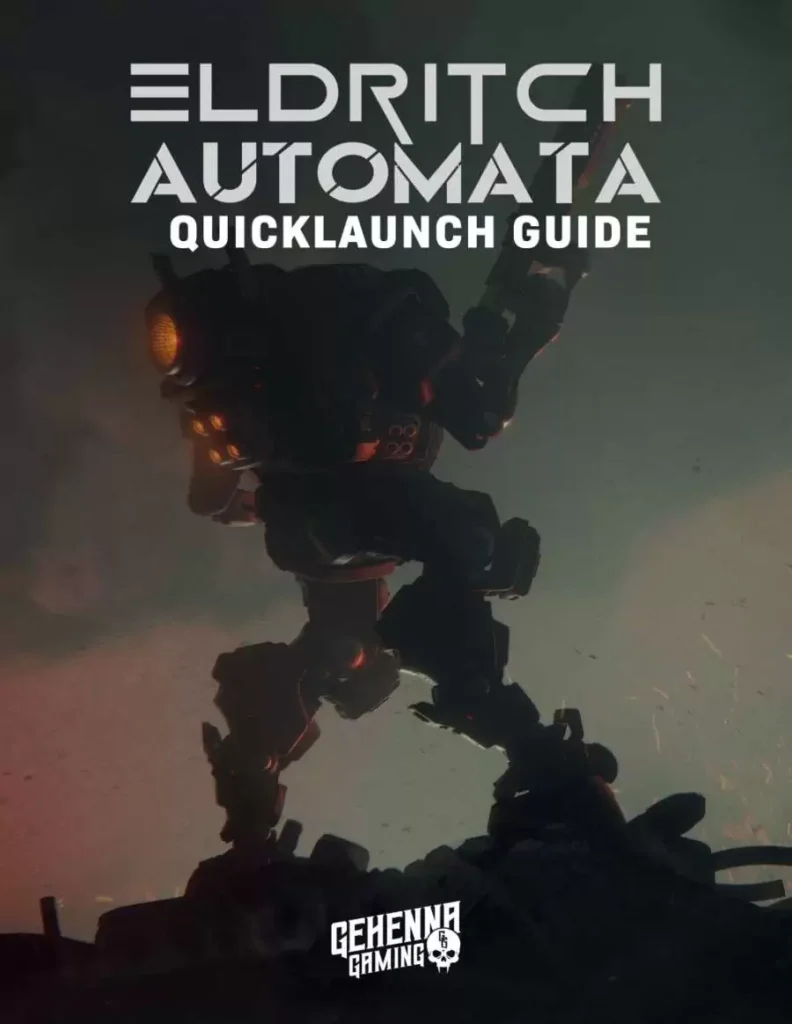
In this exclusive interview, Nick Francia shares:
• The intricate game development process • Inspirations behind the eerie Lovecraftian elements
• Unique mecha-infused gameplay mechanics Calling all Lovecraft fans! Dive into a world where eldritch horrors meet steam-powered marvels.
Eldritch Automata promises an unforgettable gaming experience that will keep you on the edge of your seat.
👉 Ready to embrace the madness? Check out our playable demo at a con near you! #EldritchAutomata #GenCon2024 #LovecraftianGaming #IndieGameDev
Gaming
🎬🎃 House of 1000 Corpses and Halloween II–GAMES!! 🎃🎬 Trick or Treat Studios
Prepare for a spine-chilling experience as Jim Phoenix delves into the shadows with Trick or Treat Studios at GenCon 2024!
In this exclusive interview, we uncover the terrifying secrets behind their latest bone-chilling creations: “House of 1000 Corpses” and “Halloween II” board games.

These games aren’t just about rolling dice – they’re about immersing yourself in the blood-curdling atmosphere of beloved horror films. With unique survival (and kill!) horror mechanics and cooperative gameplay, you’ll feel the terror coursing through your veins with every move!
But wait, there’s more! With the Kickstarter to House of 1000 Corpses shipping soon, we have an in-depth review coming up for that game, Halloween II–AND…Chucky. BOOMMM!!!

